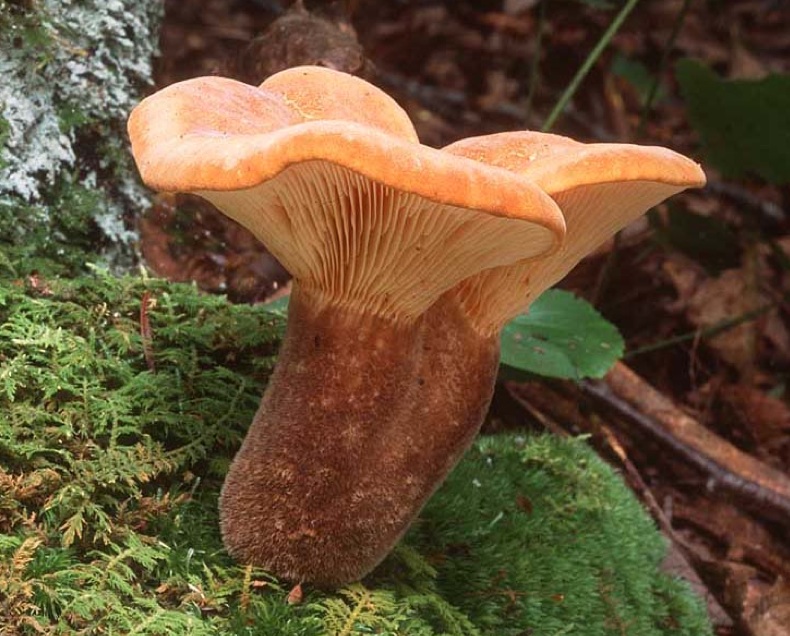The North American Mycological Association writes: “In the early 1970’s Miriam Rice, a fiber arts teacher from Mendocino, California, discovered that many species of wild mushrooms were a source of pigments or colors. These pigments could be extracted fairly easily in hot water and used to dye natural fibers, especially wool. With the help of her friend and illustrator Dorothy Beebee, they published their results first in 1974 in the book Let’s Try Mushrooms for Color, with a second book published in 1980, Mushrooms for Color. A more recent book published in 2007 and reprinted in 2012, Mushrooms for Dyes, Paper, Pigments and Myco-stix, is more comprehensive and updates further exploration of mushroom dyeing, paper making from mushrooms, and using the pigments to make a crayon like Myco-stix.
The use of fungi as a dye source was not entirely unknown before Miriam’s work. In her book Natural Dyes, Sources, Tradition, Technology and Science, Dominique Cardon devotes a large section of Chapter 10 to the historical use of fungi in dyeing around the world from as early as the 15th century. Miriam Rice is credited with “spreading the word” throughout the modern world about using mushrooms for color. Thanks to Carla Sundstrom, a friend of Dorothy Beebee, most participation and advancement of knowledge today is in Sweden, Norway, Denmark and Finland. The International Fungi and Fibre Symposium (IFFS) was formed to share this knowledge and promote all fungi-related arts and crafts. This gathering takes place about every 2 years in a different country under the sponsorship of the International Fungi & Fibre Federation (IFFF). The most recent was held in Otepää, South Estonia in September of 2014. Highlights of the IFFS include an exhibition of handwork dyed or made from fungi, workshops on dyeing and related crafts, forays to hunt fungi with local mycologists and the sharing of dyed wool samples and memories.”
More on the North American Mycological Association site as well as some mushroom dyeing and mordanting tips!

